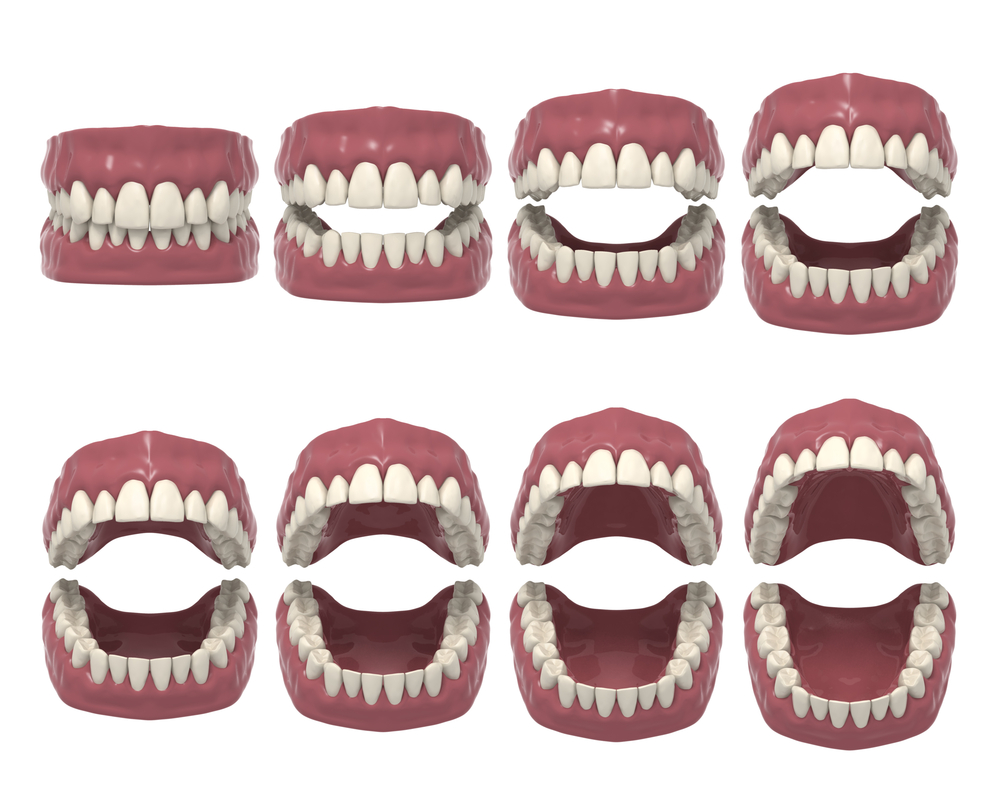Abstract
Aim
This study elucidates the role of sclerostin in periodontal ligament (PDL) as a homeostatic regulator in biophysical force-induced tooth movement (BFTM).
Materials and Methods
BFTM was performed in rats, followed by microarray, immunofluorescence, in situ hybridization, and real-time PCR for detection and identification of the molecules. The periodontal space was analyzed via micro-computed tomography. Effects on osteoclastogenesis and bone resorption were evaluated in mouse bone marrow-derived cells. In vitro human PDL cells were subjected to biophysical forces.
Results
In the absence of BFTM, sclerostin was hardly detected in the periodontium except the PDL and alveolar bone in the furcation region and apex of the molar roots. However, sclerostin was upregulated in the PDL in vivo by adaptable force, which induced typical transfiguration without changes in periodontal space as well as in vitro PDL cells under compression and tension. In contrast, the sclerostin level was unaffected by heavy force, which caused severe degeneration of the PDL and narrowed periodontal space. Sclerostin inhibited osteoclastogenesis and bone resorption, which corroborates the accelerated tooth movement by the heavy force.
Conclusions
Sclerostin in PDL may be a key homeostatic molecule in the periodontium and a biological target for the therapeutic modulation of BFTM.
This article is protected by copyright. All rights reserved.


